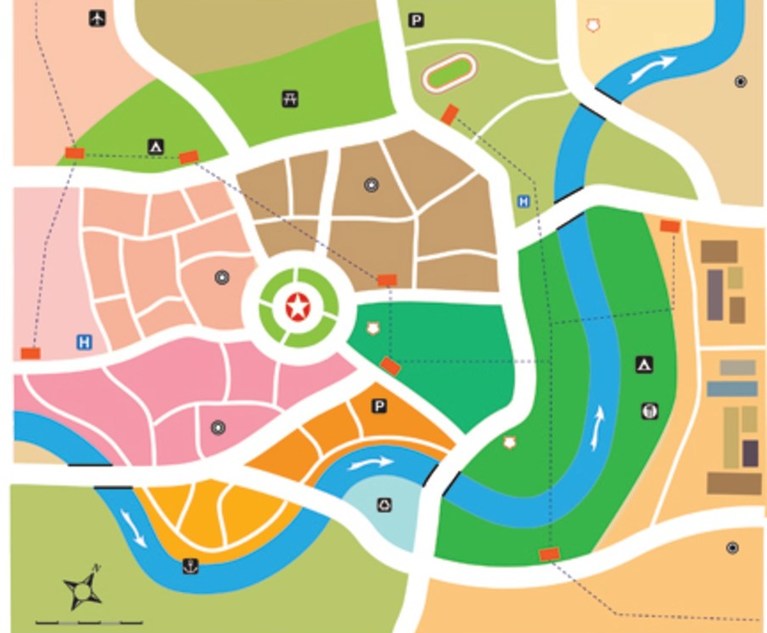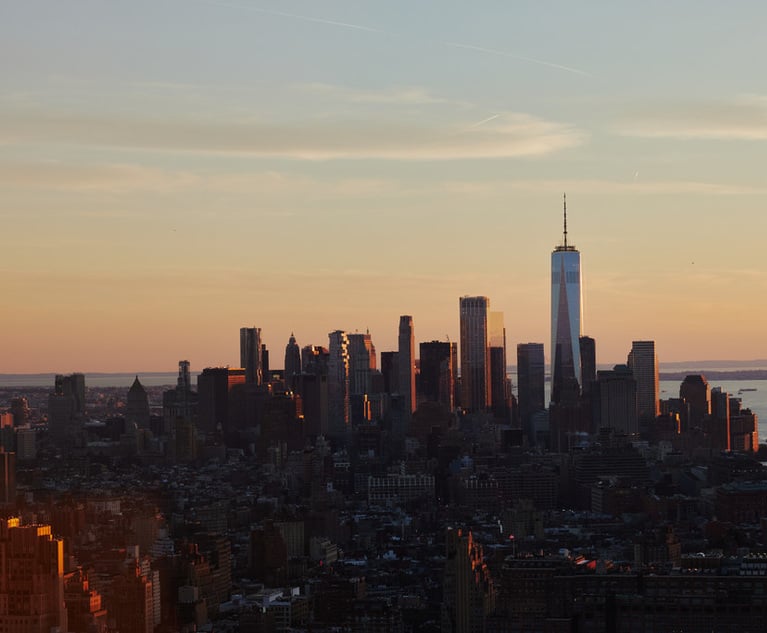 This is the first in a series of articles focusing on how to utilize the Zoning Resolution of the City of New York to increase the development potential of a particular parcel. Recently, there has been an influx of articles discussing zoning, whether it is in regards to Mayor Adams’ “City of Yes,” opinions denouncing zoning regulations as an onerous obstacle to free market development, or discussions on a reduced role of the public’s and political authority in the land use process. This series does not take a position on the effectiveness of zoning, although there is no doubt that a zoning framework must be in place.
This is the first in a series of articles focusing on how to utilize the Zoning Resolution of the City of New York to increase the development potential of a particular parcel. Recently, there has been an influx of articles discussing zoning, whether it is in regards to Mayor Adams’ “City of Yes,” opinions denouncing zoning regulations as an onerous obstacle to free market development, or discussions on a reduced role of the public’s and political authority in the land use process. This series does not take a position on the effectiveness of zoning, although there is no doubt that a zoning framework must be in place.
The Zoning Resolution, with its accompanying 126 Zoning Maps, is a voluminous yet concise organic document, amended continually since its adoption on Dec. 15, 1961, and it has intrigued me ever since I first laid eyes on it. I try to be a creative and innovative lawyer, and the Zoning Resolution continuously inspires me. Within its chapters are processes that can be effectuated to not only assist clients in maximizing their profits, but also allow a practitioner to shape the landscape of the City itself.
This content has been archived. It is available through our partners, LexisNexis® and Bloomberg Law.
To view this content, please continue to their sites.
Not a Lexis Subscriber?
Subscribe Now
Not a Bloomberg Law Subscriber?
Subscribe Now
LexisNexis® and Bloomberg Law are third party online distributors of the broad collection of current and archived versions of ALM's legal news publications. LexisNexis® and Bloomberg Law customers are able to access and use ALM's content, including content from the National Law Journal, The American Lawyer, Legaltech News, The New York Law Journal, and Corporate Counsel, as well as other sources of legal information.
For questions call 1-877-256-2472 or contact us at [email protected]






